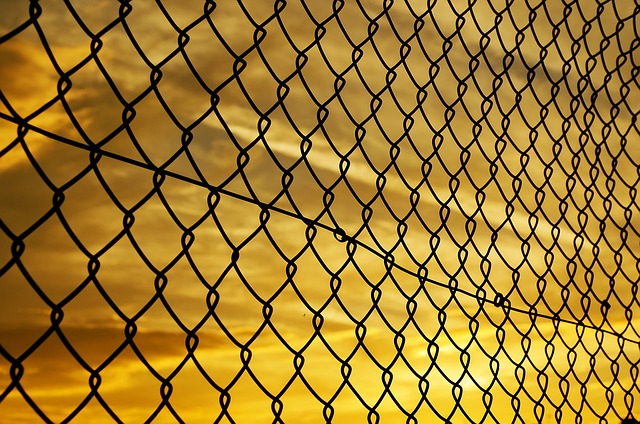Introduction:
Coastal areas present unique challenges when it comes to fencing due to relentless wind, salt air, and moisture. This article explores durable wooden fencing as a robust solution for these environments. We delve into the specific challenges of coastal fencing, highlighting the benefits of using durable wood species. Additionally, we provide insights on selecting the right materials and essential maintenance tips to ensure longevity, offering practical guidance for homeowners seeking enduring and aesthetically pleasing fence options in coastal settings.
- Understanding Coastal Fencing Challenges
- Advantages of Durable Wooden Fencing
- Choosing the Right Wood Species
- Maintenance Tips for Longevity
Understanding Coastal Fencing Challenges
Coastal areas present unique challenges when it comes to fencing due to their harsh environments. Saltwater, strong winds, and frequent storms can take a toll on traditional fencing materials. Understanding these challenges is the first step in choosing a durable solution. Wooden fences, for instance, must be treated to withstand corrosion from saltwater and be robust enough to resist high-speed debris during storms.
The key to successful coastal fencing lies in selecting the right wood types that are naturally resistant to moisture and pests, such as cedar or treated timber. Additionally, proper installation techniques, including elevated posts and secure fasteners, are essential to ensure the fence’s longevity. These measures help create a robust barrier that can protect properties and landscapes while enduring the demanding conditions typical of coastal regions.
Advantages of Durable Wooden Fencing
Durable wooden fencing offers an appealing and functional solution for coastal areas, combining aesthetics with longevity. One of its key advantages is its ability to withstand harsh weather conditions, including high winds and salty air, which are common in coastal environments. Treated and reinforced wood can endure these elements, ensuring the fence remains robust and requires less maintenance compared to other materials.
Additionally, wooden fencing provides a natural beauty that enhances outdoor spaces. It allows for a seamless blend with surrounding landscapes, offering privacy while still connecting residents with their environment. Customizable designs enable homeowners to create unique, personalized barriers that complement their properties’ individual styles, making it an attractive and versatile choice for coastal communities.
Choosing the Right Wood Species
When selecting wood for coastal fencing, choosing the right species is paramount. Softwoods like cedar and redwood are popular choices due to their natural resistance to rot and insects. These woods also have a beautiful grain that adds aesthetic appeal. However, for areas prone to high wind and salt exposure, harder species like oak or teak might be more suitable, offering superior durability and strength.
Consideration should also be given to the wood’s density and moisture content. denser woods tend to withstand moisture better and are less likely to warp or rot over time. Low moisture content is crucial as higher levels can contribute to faster deterioration in coastal environments. Additionally, treating the wood with preservatives, such as pressure-treated options, can significantly extend its lifespan in these challenging settings.
Maintenance Tips for Longevity
To ensure your durable wooden fencing stands the test of time, especially in coastal areas exposed to salt air and varying weather conditions, proper maintenance is key. Regular cleaning is essential; brushing away sand, salt, and debris will prevent them from settling into the wood’s pores, which could lead to rot or damage over time.
Staining and sealing are crucial steps. Apply a high-quality, water-repellent stain every few years to protect the wood from moisture. In between stains, use a clear sealant to create an extra barrier against the elements. Keep an eye out for any signs of rotting, splinters, or loose boards, addressing these issues promptly to maintain the fence’s structural integrity and longevity.
